Humans news stories
Fossils of two strange creatures found in northeastern China show the earliest dental diversification among ancestors of mammals. One of the species, Feredocodon chowi, was found in the Daohugou Formation in Inner Mongolia. The rocks in which they were found date to the Middle Jurassic (174–163 million years ago). Two specimens assigned F. chowi were examined in a paper published in Nature.
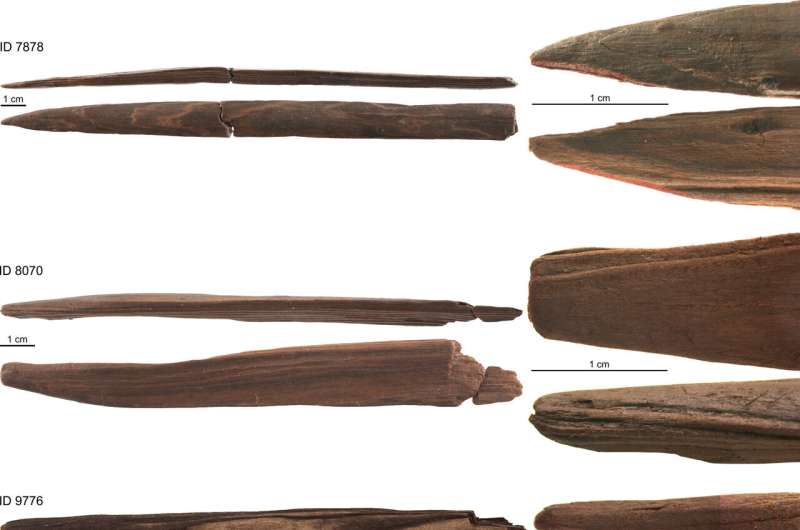
Early humans used sophisticated crafting techniques such as “wood splitting” to hunt and to clean animal hides, a new study has revealed.
A recent study has shown that even very low doses of LSD can enhance the complexity of brain activity, a finding that might have significant implications for our understanding of consciousness and possibly for therapeutic applications.

New research into the dying brain suggests the line between life and death may be less distinct than previously thought.
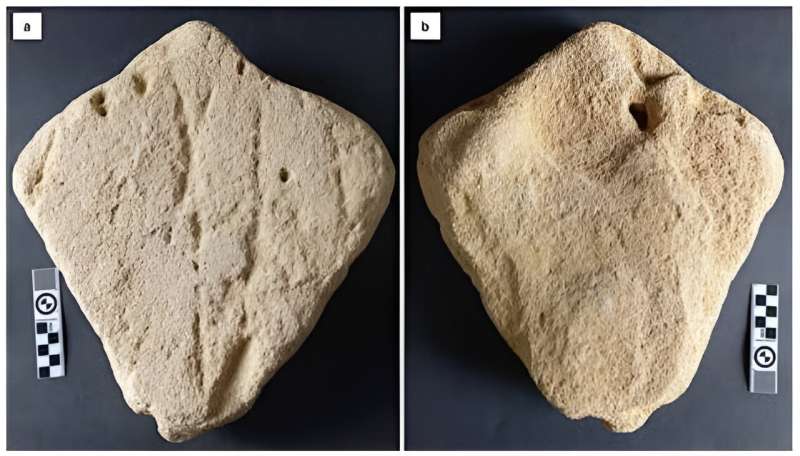
South Africa’s Cape south coast offers many hints about how our human ancestors lived some 35,000 to 400,000 years ago during the Pleistocene epoch. These clues are captured in the dunes they once traversed, today cemented and preserved in a rock type known as aeolianite. See the study here.
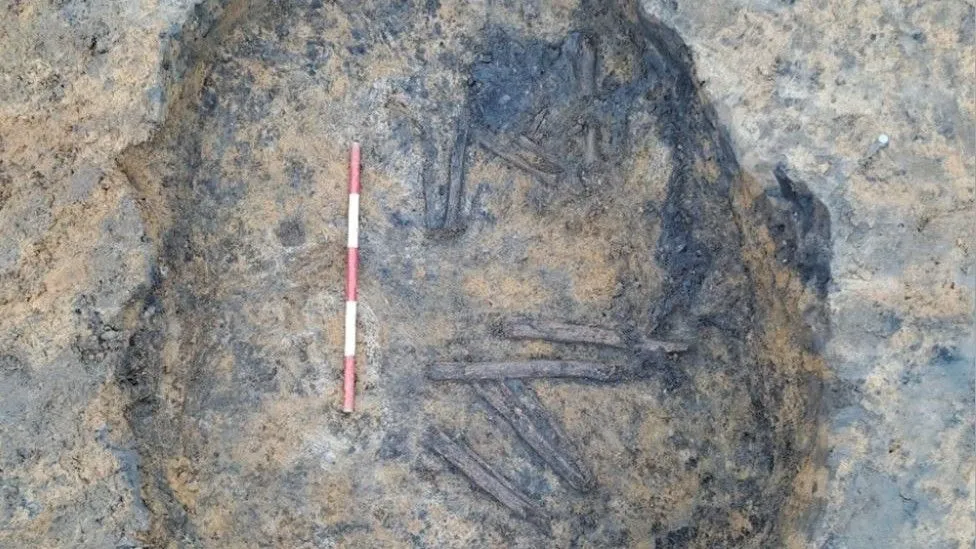
A burial monument with human remains thought to be about 4,500 years old has been discovered in East Yorkshire.

Ötzi the Iceman’s many tattoos were made by “hand-poking” — a manual version of the tattooing technique usually used today — and not by cutting his skin as some researchers have suggested, according to a new study.
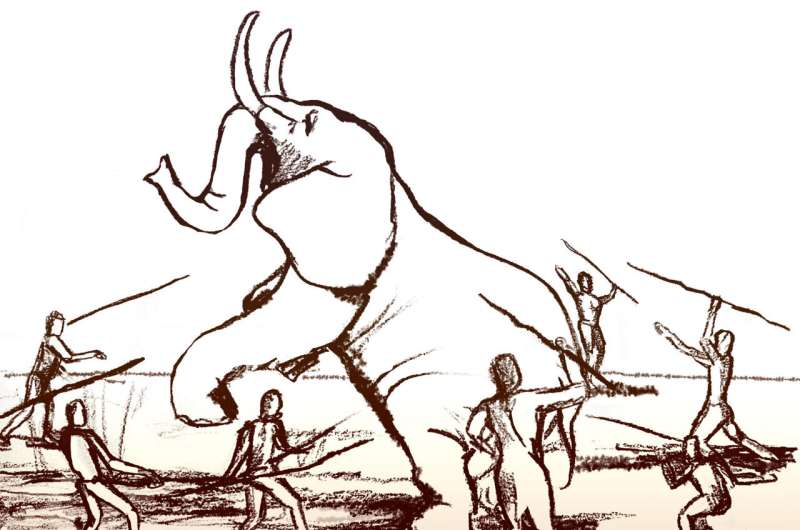
Archaeologists from Tel Aviv University have uncovered the mystery surrounding extensive Paleolithic stone quarrying and tool-making sites: Why did Homo erectus repeatedly revisit the very same locations for hundreds of thousands of years? The answer lies in the migration routes of elephants, which they hunted and dismembered using flint tools crafted at these quarrying sites. See the study here.
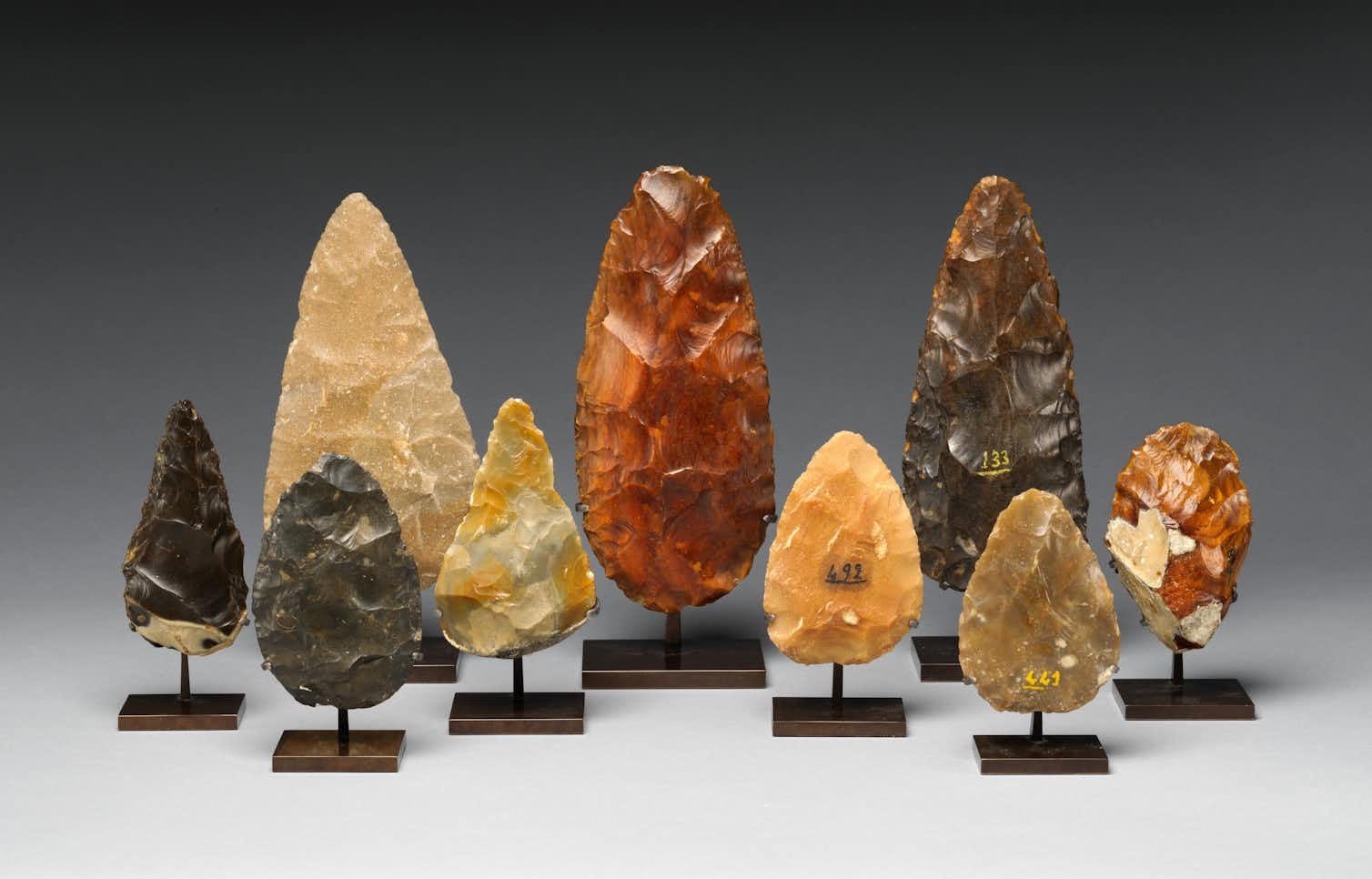
Neanderthals had big brains, language and sophisticated tools. They made art and jewellery. They were smart, suggesting a curious possibility. Maybe the crucial differences weren’t at the individual level, but in our societies.

Some physicists have long suspected that mysterious ‘ghost’ particles in the world around us could greatly advance our understanding of the true nature of the Universe.
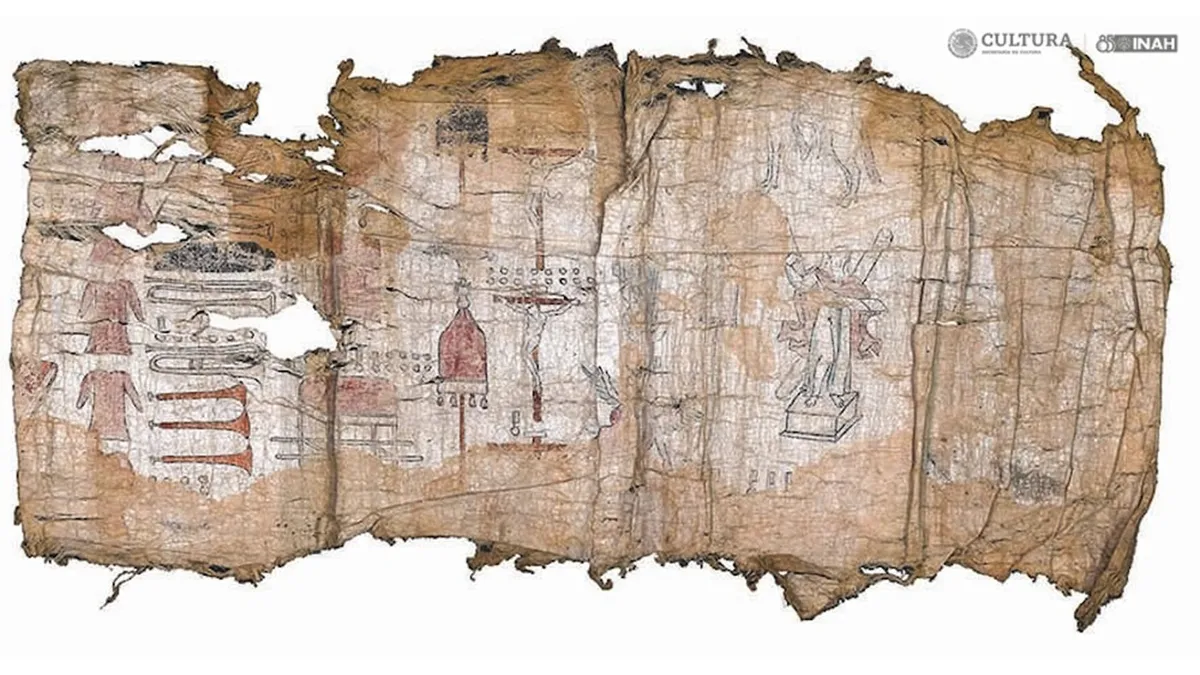
Centuries-old codices from what is now Mexico hold a wealth of knowledge about the Aztecs in their native language, including details about the founding of their capital, their conquests and their fall to the Spanish, according to Mexico’s National Institute of Anthropology and History (INAH).
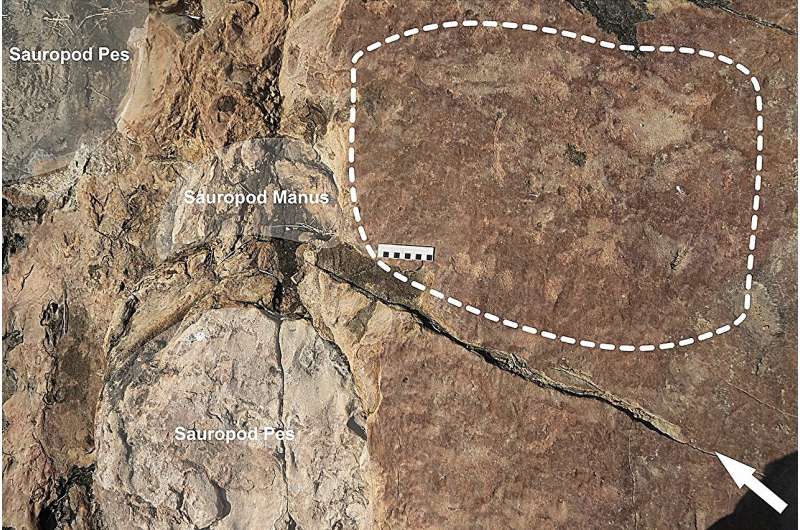
In their project, reported in the journal Scientific Reports, the group studied petroglyphs made between 3,000 and 9,000 years ago.
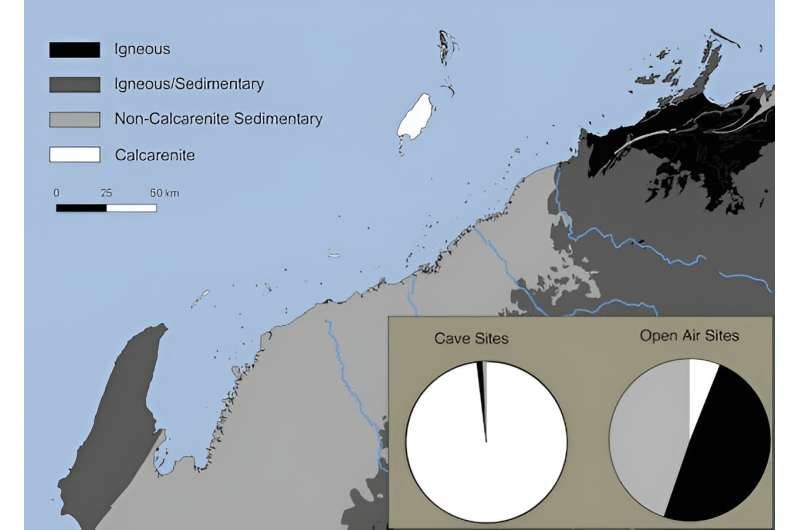
New research, published in Quaternary Science Reviews, shows that Aboriginal people repeatedly lived on portions of this coastal plateau. We have worked closely with coastal Thalanyji Traditional Owners on this island work and also on their sites from the mainland.
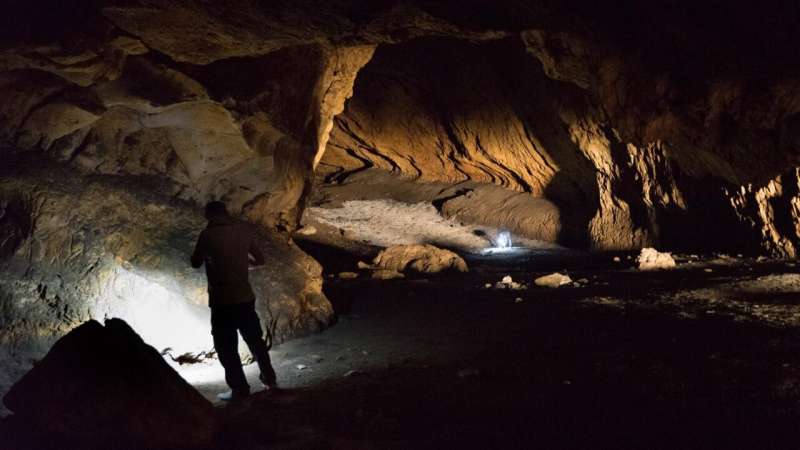
A new study combining genetic, paleoecological, and archaeological evidence has unveiled the Persian Plateau as a pivotal geographic location serving as a hub for Homo sapiens during the early stages of their migration out of Africa.
A recent study published in Science Advances sheds light on why certain rhythms make us want to dance more than others. By analyzing brain activity and the sensation known as ‘groove,’ researchers discovered that a rhythm of moderate complexity triggers the highest desire to move.
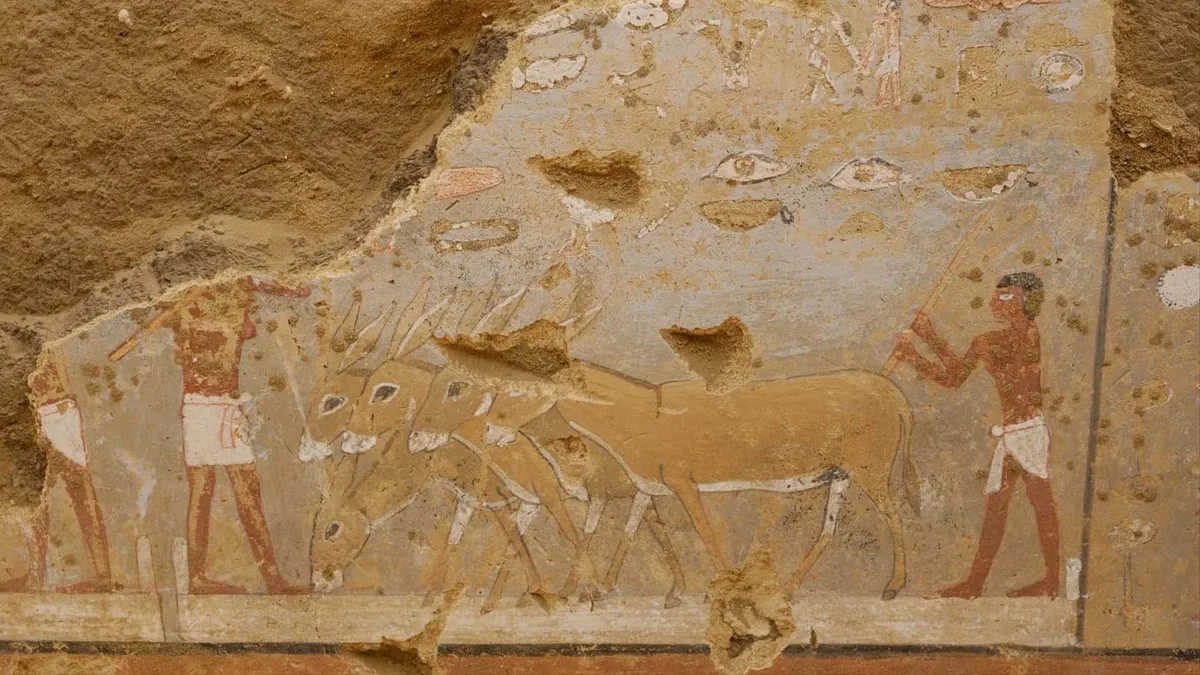
Archaeologists in Egypt have discovered a 4,300-year-old tomb with remarkable wall paintings illustrating everyday life. The tomb is located at Dahshur, a site with royal pyramids and a vast necropolis that’s about 20 miles (33 kilometers) south of Cairo. When the team returns to the field, they plan to excavate the burial shafts to see if any mummies remain.








